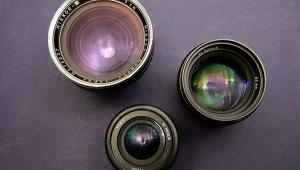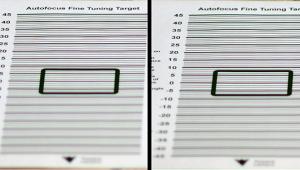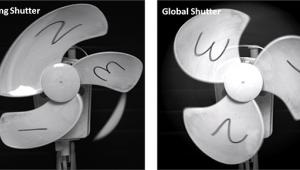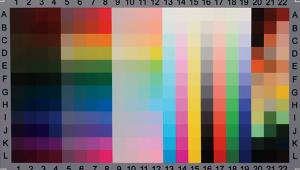Photography Basics: What Are F-Stops?
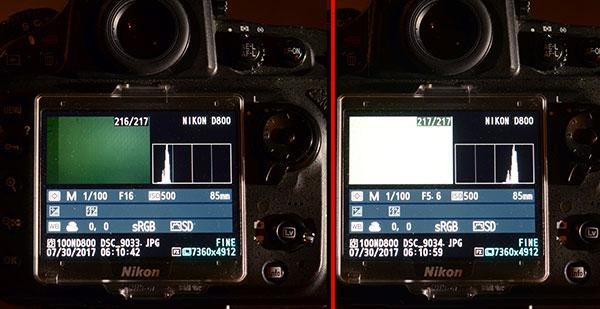
Remember f-stops? Not everyone does. Millennials shoot their selfies with automated smartphones that have sent f-stops to steampunk heaven. Old-timers who began with box cameras were spared the fear factor of f-stops until later in life, and may never have fully adjusted to these adjustments.
But you, dear reader, are surely familiar with f-stops’ essential functions: controlling exposure and regulating depth of field. Perhaps surprisingly, they also influence resolution and bokeh. Small apertures cause diffraction, and large apertures reveal optical defects. Both compromise resolution. And if bokeh’s your bent, aperture settings play a role there too: a larger one will narrow the depth of field and give bokeh a boost.
That’s practical knowledge. But a quick survey of a few photog friends indicated that rather few really understand where those white engraved numbers on their lens barrels came from. For their edification, a quick explanation follows.
The original intent of putting a mechanical iris—a diaphragm—in a camera was to do what the iris in your eye does: adjust for differing light intensities. Every imaging detector, whether film or CMOS, has a sweet spot, a limited range of intensity in which it operates optimally. A lens aperture adjustment can bring the real-world intensity, which is the amount of light hitting a grain or pixel, into this usable range.
Now clearly, there are two factors that matter as far as aperture is concerned. The first is the focal length of the lens, and the second is its diameter—not the diameter of the front element of the lens, but the diameter at the diaphragm (which will obviously be less).
If you’re photographing your cat with a 50mm lens, but decide to zoom to a focal length of 100mm, the image of the cat on the sensor will be twice as wide and twice as high, which means the intensity of light falling on each pixel is one-fourth what it was. To compensate, you could open up the diaphragm by a factor of two, which would increase the area of glass being used, and thus the light being admitted, by a factor of four. Your lens will do that automatically.
In other words, if the ratio of the focal length to aperture diameter remains the same, the intensity on the sensor—the exposure—will be the same. That ratio is called the f-ratio, and its value is the f-stop.
You may note that the intensity actually depends on the inverse of the square of this ratio, but those numbers are fractions and awkward to engrave on a lens barrel. But to get relative intensities, just square f-stop numbers. For example, the commonly used stops 2.8, 4, 5.6, and 8 when squared yield 8, 16, 32, and 64 (or close enough!). The intensities are the inverse of these numbers. So that’s why going from f/2.8 to f/4 halves the exposure, and going to f/5.6 reduces it by a factor of four.
The practical utility of f-stops is that no matter which optic you have on your camera, if the f-stop is the same, the exposure will be the same (for any given shutter setting, of course).
Enough tedious arithmetic. Try these f-stop fun and games:
(1) You can use f-stops to determine your camera’s dynamic range, at least as displayed on the histogram. Shoot a white wall at one-stop intervals, and check how many stops it takes to shift the values from one edge to the other. That’s the dynamic range your histogram will display (see figure).
(2) Usually changing the diaphragm by one stop either halves or doubles exposure. But not necessarily for the first two stops on your lens. For example, if your wide-open stop is f/1.8 and the next stop is f/2.8, the squares are 3.24 and 7.84, which is not a factor of two.
(3) Different lenses may give different exposures even with the same f-stop because some have more glass elements than others, causing different amounts of light absorption. That’s why cinema lenses (where consistency of exposure is more important) are often marked in T-stops. These are calibrated to exactly produce the same exposure at each stop for different lenses.
Seth Shostak is an astronomer at the SETI Institute who thinks photography is one of humanity’s greatest inventions. His photos have been used in countless magazines and newspapers, and he occasionally tries to impress folks by noting that he built his first darkroom at age 11. You can find him on both Facebook and Twitter.

